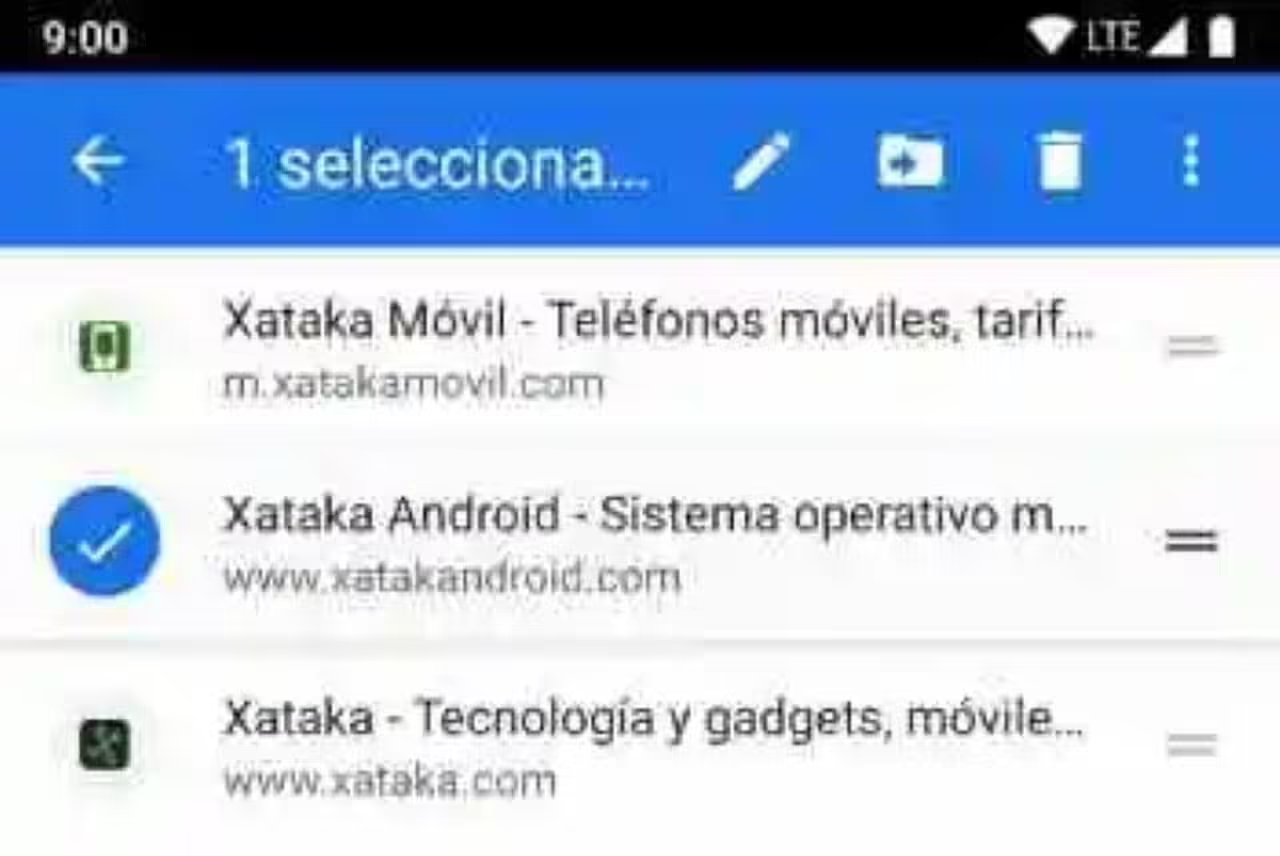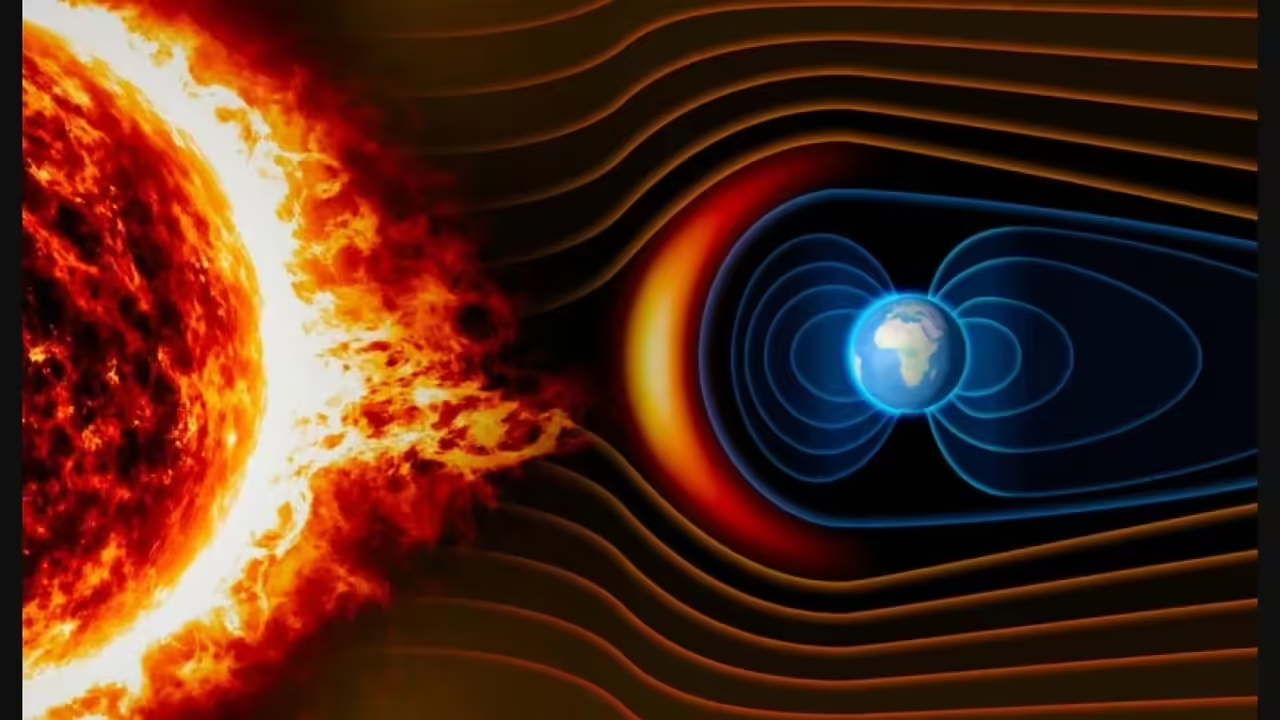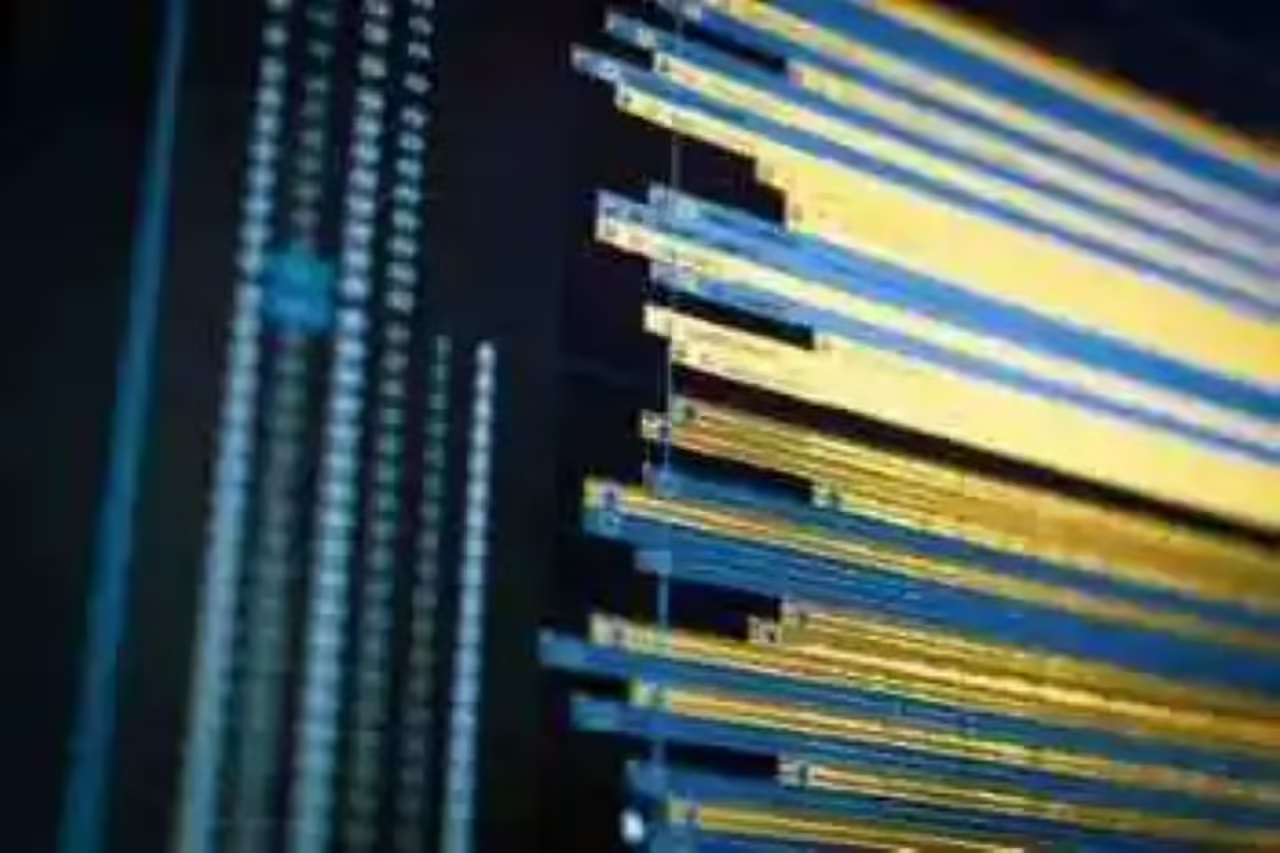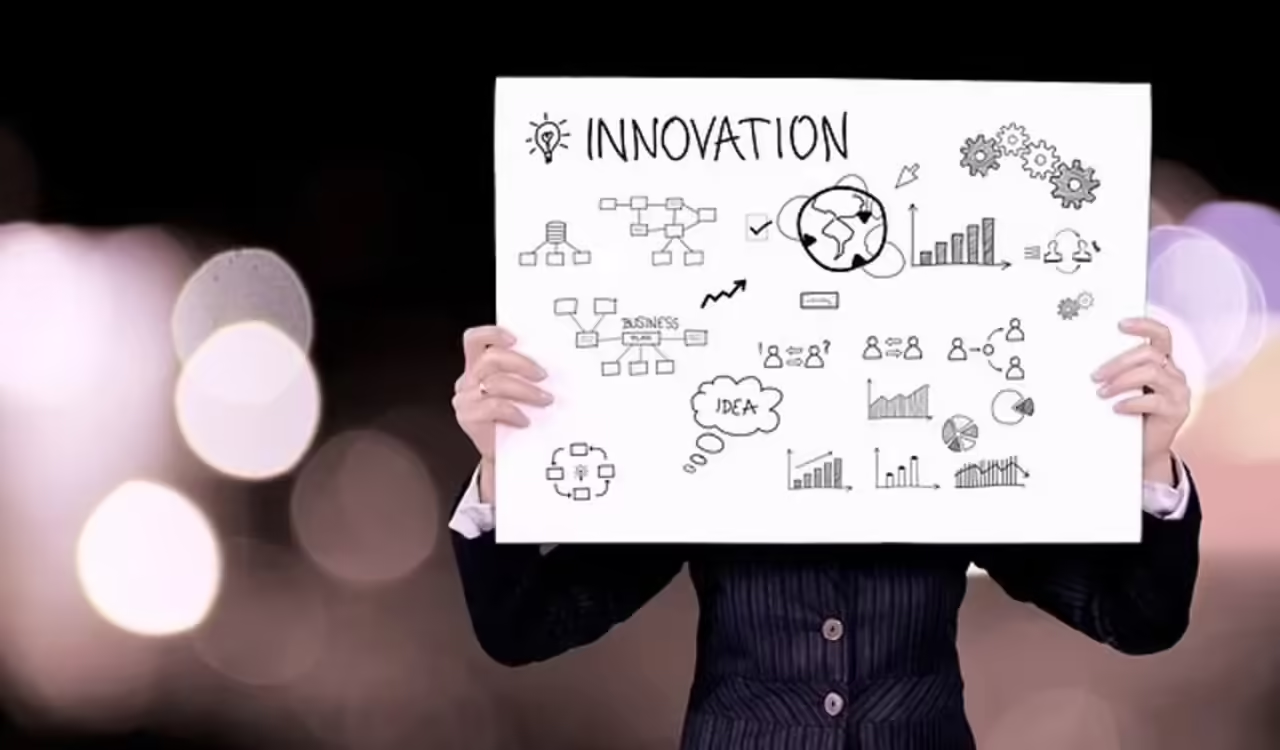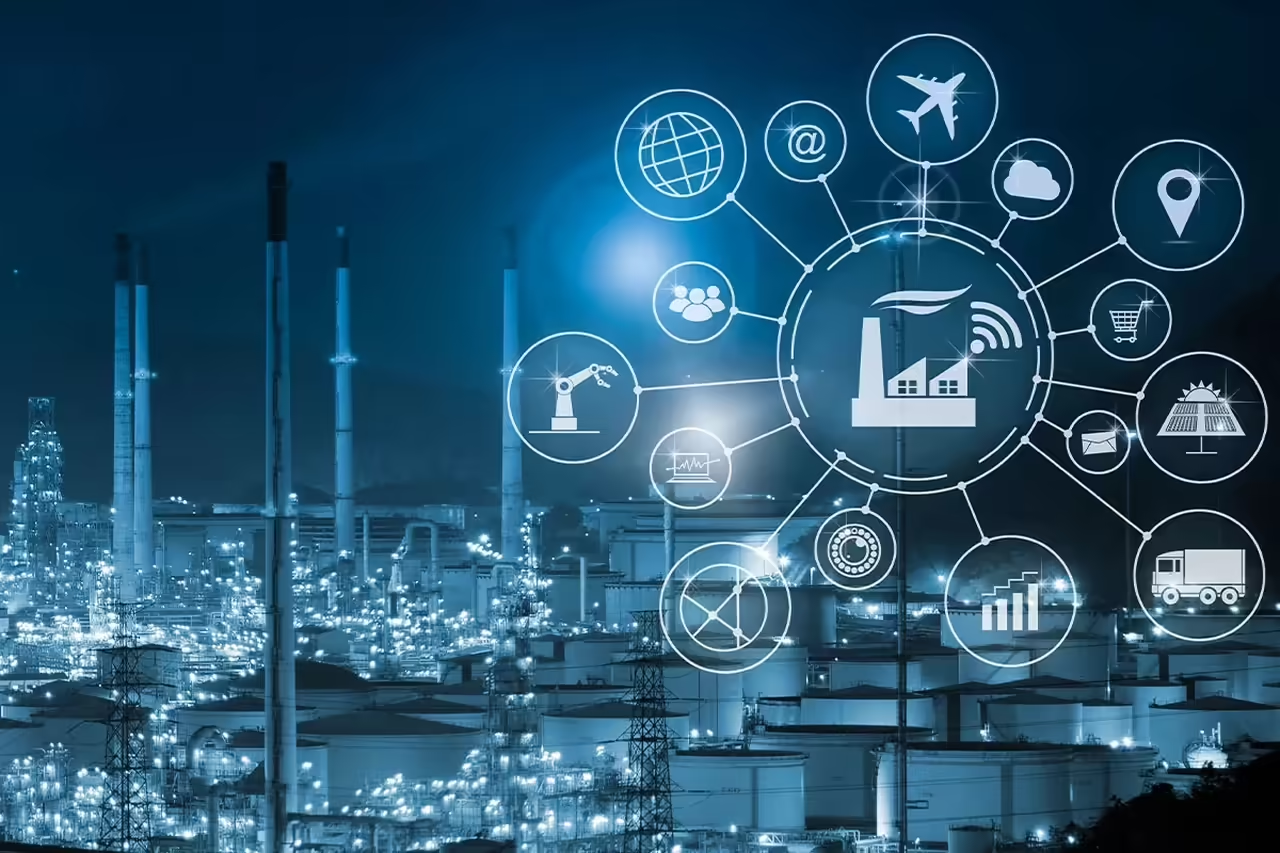
In the age of technology in which we live, the Internet of Things (IoT) has become one of the most exciting and promising concepts. IoT refers to the interconnection of physical and digital devices that are equipped with sensors, software, and network connectivity, allowing them to communicate with each other and collect and share data. This phenomenon has the potential to radically transform our way of life, from home to industry, and open up new opportunities in virtually every aspect of our lives.
The basic concept of the IoT is simple but powerful: connecting everyday objects to the internet to improve their functionality and enable smarter and more efficient interaction. From home appliances and entertainment devices to security systems and smart cities, the IoT has the potential to revolutionize the way we interact with the world around us.
In the home, the IoT is already leading to the creation of smart homes. Home appliances such as refrigerators, washing machines, and lighting systems can be connected to the internet and controlled remotely. This not only provides convenience, but can also help optimize energy consumption and reduce costs. Additionally, home security systems can be integrated with the IoT, allowing homeowners to control and monitor their homes from anywhere in the world.
In industry, the IoT has the potential to completely transform manufacturing and logistics processes. Using sensors and connected devices, companies can collect real-time data on machine performance, inventory status, and supply chain tracking. This enables faster and more accurate decision making, as well as greater operational efficiency. The IoT also has the potential to improve workplace safety by monitoring dangerous conditions and preventing accidents.
The IoT is also playing an important role in building smart cities. By interconnecting key infrastructure, such as transportation systems, public lighting, and public services, cities can improve efficiency and the quality of life for their inhabitants. For example, traffic management based on real-time data can help reduce congestion and improve mobility. Sensors in garbage bins can optimize waste collection, reducing costs and environmental impact.
However, as the potential of the IoT continues to grow, significant challenges also arise. Data security and privacy become critical concerns as more and more devices connect to the internet. Protecting personal information and preventing cyberattacks become imperative to ensure the long-term success of the IoT. Furthermore, interoperability between different devices and platforms is essential to ensure that the IoT reaches its full potential. Common standards and security regulations need to be established to facilitate communication and collaboration between IoT devices from different manufacturers.
In addition, the efficient management of the large volumes of data generated by the IoT is another major challenge. Real-time data collection and analysis require robust infrastructures and efficient processing systems. Businesses and organizations must be able to extract valuable information from the data collected to make informed decisions and improve their operations.
Despite these challenges, the potential of the IoT is truly limitless. Imagine a world where autonomous vehicles communicate with each other and with road infrastructure to optimize traffic flow and prevent accidents. Imagine smart homes that automatically adjust temperature, lighting and security based on the preferences and behavior patterns of their inhabitants. Imagine cities in which energy consumption is managed efficiently, reducing environmental impact and improving the quality of life of its residents.
The connected future of the IoT is constantly evolving and invites us to explore new horizons. As more devices connect to the internet and the underlying technologies such as artificial intelligence and machine learning continue to advance, the possibilities become even more exciting. Collaboration across industries, investment in research and development, and the adoption of appropriate policies and regulations will be key to making the most of this potential.
Key components of the IoT: Devices, sensors and connectivity
The Internet of Things (IoT) has revolutionized the way we interact with the world around us. By connecting everyday objects and devices via the Internet, the IoT has created an environment in which data collection and automation have become essential elements. At the heart of this technology are three key components: devices, sensors, and connectivity.
Devices:
IoT devices are the physical items that connect to the Internet and collect or exchange information with other devices. These can be a wide variety of objects, from household appliances and wearables to vehicles and industrial equipment. IoT devices are equipped with communication technologies, such as Wi-Fi, Bluetooth, or cellular networks, that allow them to connect and transmit data over the Internet.
A common example of an IoT device is the smart thermostat, which collects information about the temperature and humidity in a room and automatically adjusts it to provide a comfortable environment. Another example is the smart meters used in the management of public services, which allow precise measurement of energy consumption and more efficient billing.
Sensors:
Sensors are key components of IoT devices, as they capture data from the environment and turn it into useful information. These can detect a wide range of variables, such as temperature, humidity, light, movement, pressure, sound, among others. The data collected by the sensors is sent through the IoT devices and is used to monitor and control various systems.
Sensors can be found in almost all IoT devices. For example, motion sensors are used in security systems to detect intrusions, while humidity and temperature sensors are essential in smart agriculture to ensure proper irrigation of crops. Advances in miniaturization and cost reduction have enabled the integration of sensors into a wide variety of applications, further fueling the growth of IoT.
Connectivity:
Connectivity is the element that allows IoT devices to communicate with each other and with the Internet infrastructure. There are different connectivity technologies used in the IoT, and the choice depends on the specific requirements of each use case. Some of the more common technologies include Wi-Fi, Bluetooth, Zigbee, RFID (Radio Frequency Identification), and cellular networks like 4G or 5G.
Choosing the right connectivity technology depends on factors such as range, bandwidth, power consumption, and security. For example, Wi-Fi is commonly used in home and business applications, while cellular networks like 5G are ideal for large-scale use cases that require wide coverage and high data throughput.
The combination of IoT devices, sensors, and connectivity has transformed the way we interact with the world, bringing a wide range of benefits and applications. Some of the key aspects of this transformation are:
Automation and efficiency: The IoT enables the automation of tasks and processes, which leads to greater efficiency in various fields. For example, in the manufacturing industry, sensors embedded in machines can monitor performance and send alerts in the event of problems or maintenance needs, allowing for smoother production and less unplanned downtime. Similarly, in the home, IoT devices can automate control of lighting, heating, and appliances, improving comfort and reducing energy consumption.
Remote monitoring and control: The IoT provides the ability to monitor and control systems and objects from anywhere at any time. Connected IoT devices allow users to monitor performance, receive notifications, and take remote actions. For example, IoT-based home security systems allow homeowners to view surveillance cameras in real time and receive alerts on their mobile devices in case of suspicious activity. Similarly, in agriculture, IoT sensors can monitor soil moisture levels and automatically activate irrigation systems when necessary.
Data Collection and Analysis: The IoT generates huge amounts of data from connected devices and sensors. These data are valuable for extracting information and gaining useful insights. Through data analysis, it is possible to identify patterns, trends and correlations, which can lead to more informed decision making and process optimization. For example, in the field of health, wearable devices can collect data about users’ physical condition, such as heart rate and activity levels, allowing health professionals to carry out more precise and personalized monitoring. of his patients.
New opportunities and business models: The IoT has opened up new opportunities and business models in various sectors. From subscription-based services to the development of innovative products and solutions, the IoT has fueled the creation of entire ecosystems in which devices, sensors, and connectivity are key elements. For example, the concept of smart cities is based on the IoT, where the urban infrastructure is interconnected to improve the quality of life of citizens and optimize the management of resources such as transport and energy.
IoT applications in everyday life
The Internet of Things (IoT) has found a wide range of applications in everyday life, transforming the way we interact with our homes, our cities, and our health, among other aspects. Here are some prominent IoT applications in different fields:
Smart Homes: The IoT has revolutionized the idea of smart homes, where devices are interconnected to improve comfort, energy efficiency, and security. IoT devices in homes can include smart thermostats, automated lighting systems, remote-controlled appliances, security systems, and surveillance cameras, among others. Smart homes allow homeowners to control and monitor their homes from anywhere via mobile devices, optimizing energy consumption and improving security.
Smart cities: The IoT plays a fundamental role in the creation of smart cities, where urban infrastructure is connected to improve the quality of life of citizens and the efficiency of services. In a smart city, IoT sensors are used to collect real-time data on traffic, waste management, air quality, energy consumption, parking, public lighting, among other aspects. These data are used to make informed decisions and improve planning and decision making in urban management.
Health and personal care: The IoT has revolutionized the field of health and personal care. Wearable devices such as smartwatches and fitness trackers collect biometric data such as heart rate, blood pressure, sleep quality, and physical activity levels. This data can be used to monitor health, track fitness, and provide personalized recommendations. In addition, IoT is also used in remote patient monitoring, allowing doctors to remotely monitor chronic or recovering patients, and receive alerts in case of critical situations.
Intelligent transportation: The IoT has improved the efficiency and safety of transportation. IoT sensors and devices are used in intelligent traffic management systems to collect real-time data on vehicle flow and adjust traffic signal times and routes to optimize traffic. In addition, the IoT is used in the monitoring and management of vehicle fleets, allowing companies to control the performance of their vehicles, fuel consumption and more efficient route planning.
Smart Agriculture: The IoT has become a key component in modern agriculture. IoT sensors are used to monitor environmental conditions such as soil moisture, temperature, sunlight, and air quality. This data is used to optimize irrigation, fertilization and pest control, which improves productivity and reduces the waste of resources. Smart farming also uses automated irrigation systems and sensor-equipped drones for the detection of plant diseases and the precise application of treatments.
Energy management: IoT is used in efficient energy management in homes and buildings. IoT devices, such as smart meters, allow users to monitor and control their energy consumption in real time. This helps them identify usage patterns, make adjustments to save energy, and reduce costs. In addition, IoT is used in the integration of renewable energies, such as solar panels and energy storage systems, to optimize their production and distribution.
Smart Retail: The IoT has transformed the retail industry by enabling a more personalized and efficient shopping experience. IoT devices, such as radio frequency identification (RFID) tags, are used to track and manage inventories in real time, optimizing product replenishment and improving supply chain efficiency. In addition, the IoT is also used in the personalization of offers and promotions based on consumer behavior and preferences.
These are just a few of the many applications of the IoT in everyday life. The interconnection of devices, sensors and connectivity is driving the creation of smarter, more efficient and personalized environments in various fields, improving our quality of life and transforming the way we interact with the world around us.


